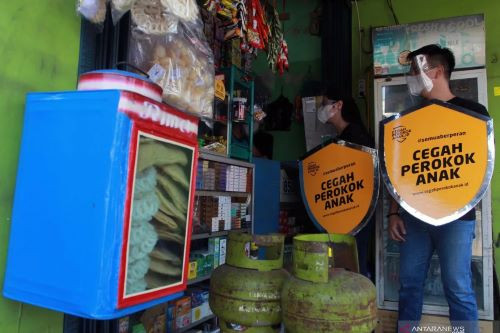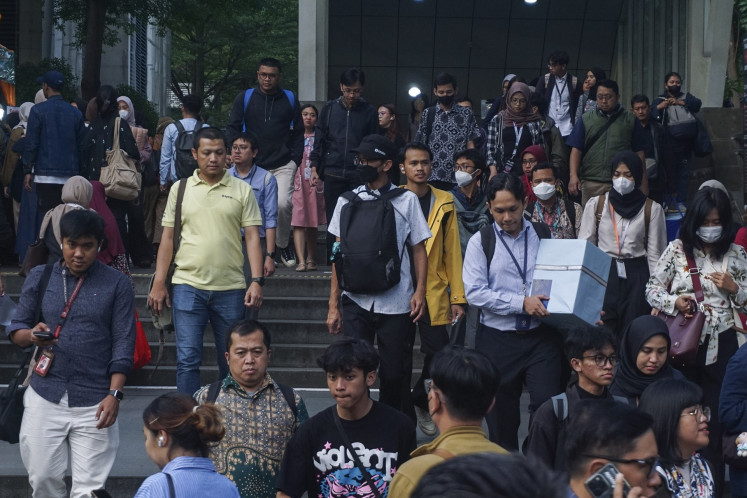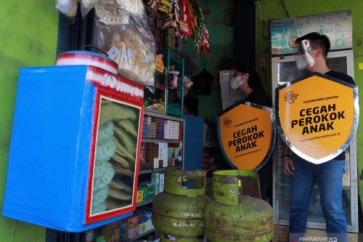Popular Reads
Top Results
Can't find what you're looking for?
View all search resultsPopular Reads
Top Results
Can't find what you're looking for?
View all search resultsCigarettes, poverty and the invisible malnutrition trap
In many low-income households, cigarettes are not simply a vice, they are a daily expenditure that competes directly with food, especially nutritious food.
Change text size
Gift Premium Articles
to Anyone
R
ecent data from the World Population Review shows that Indonesia ranks fifth among countries with the highest smoking rates in the world. It is noted that smoking prevalence in South and Southeast Asia tends to be significantly higher among men compared to women.
Alarmingly, Indonesia has the highest male smoking rate globally, with 74.5 percent of Indonesian men reported to consume tobacco regularly. This is particularly concerning given that, according to the World Health Organization (WHO), tobacco use is responsible for more than 8 million deaths annually.
Cigarettes not only kill, as global public health campaigns have repeatedly warned, but they also starve. In many low-income households, cigarettes are not simply a vice, they are a daily expenditure that competes directly with food, especially nutritious food. The cost is paid in the silent crisis of malnutrition, which disproportionately affects children and women in poor families.
According to Statistics Indonesia (BPS), the average per capita monthly expenditure on cigarettes and tobacco reached Rp 94,476 (US$5.70) in March 2024. This figure places tobacco as the third-largest food-related spending item, after prepared foods and grains. This spending pattern highlights a troubling trade-off: Cigarettes often displace essential food items, particularly in poor and near-poor households.
Using data from the March 2024 National Socio-Economic Survey (Susenas), BPS analyzed how smoking behavior interacts with nutritional intake across economic classes. The findings are stark. Individuals in households where the head smokes consume significantly fewer calories and less protein on average than those in non-smoking households. This effect persists across all income groups, but the nutritional gap is most pronounced in low-income families, where baseline intake is already low.
Poor households operate within extremely narrow margins financially, nutritionally and socially. In these conditions, every decision carries disproportionate consequences. When smoking becomes a routine expense, it is not just a matter of being a health risk, but of economic sacrifice. Eggs, vegetables, fish and milk are not only food, they are developmental building blocks. Their absence in daily consumption patterns leads to undernutrition, weakened immunity, poor cognitive development and long-term productivity loss.
This problem is not evenly distributed. Smoking prevalence rises significantly from adolescence and remains high through the productive years, particularly among individuals aged 30 to 49, according to BPS. This is precisely the age group that typically bears the economic responsibility for families. When household heads in this demographic allocate spending to tobacco, they compromise the nutritional needs of those dependent on them, including children, elderly parents and spouses.



















